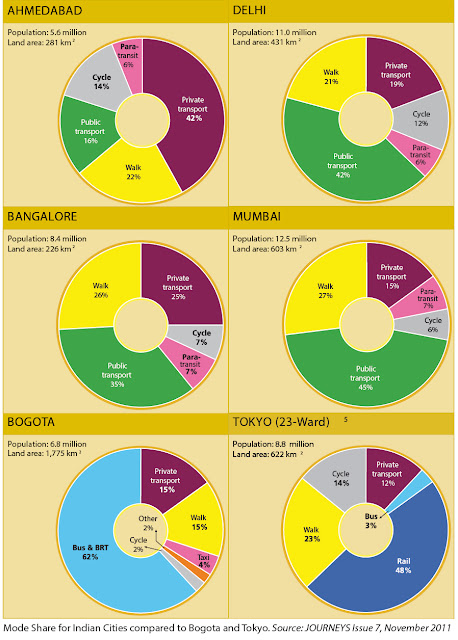LOWERING THE BARRIERS TO SPATIAL PLANNING IN SOUTH AFRICA – THE NATIONAL SPATIAL PLANNING DATA REPOSITORY (NSPDR)
South Africa’s approach to the hurdles of spatial data and the shortage of technical knowledge in enabling cities to prepare Spatial Development Plans has the potential to bring tremendous change beyond its planned goals.
A Bit of Background
The mining of natural resources are a large part of the South African economy. Knowing where and how these resources are located and managed are of vital importance to the government and therefore digital mapping of the country was of prime importance to the government. With multiple government agencies commissioning digital spatial mapping, the government began realizing that there was not only significant duplication of efforts, but also data incompatibility between agencies. To be able to better facilitate this exchange they created the Spatial Data Infrastructure Act in 2003. As a result of the act, the responsibility of standardization of organizing and distribution of spatial databases was given to the National Geospatial Information (NGI) division in the Federal Department of Rural Development and Land Reform (DRDLR). The NGI has been responsible for developing national standards for data collection as well as rules for sharing/exchange of data between state agencies.While the NGI was establishing the standards for Spatial Data development and exchange, the federal government in 2013, passed a new law – The Spatial Planning and Land Use Management Act (SPLUMA). The act mandates all land managed by municipal and other similar entities prepare a spatial development plan that will guide future land development. This was primarily done to check indiscriminate urbanization of communities, both within and outside the large metropolitan areas. The law would also bring into its purview areas that weren’t under direct white rule during the apartheid era, and therefore weren’t subjected to private ownership parcelization of land, and land use planning. The DRDLR was also responsible for the implementation of the act, and realized that many communities within the country did not have access to basic land management tools and the means to prepare spatial development plans. They looked to the NGI, but realized that they needed a focused approach that would cater to the specific needs of municipalities and rural areas. Based upon this reality they initiated a new spatial database effort – the National Spatial Planning Data Repository.
Access to Data and Technical skills
In the developed world and industrialized economies, the utility and usage of mapping-based information has become ubiquitous with the internet and smartphones. Private sector players in the information market have realized the potential for spatial databases and use it extensively for both private business as well as government work. However, in the developing world, both the access to spatial data as well as the technical skills and tools are poor. The NSPDR strategy is to tackle both by developing a data and skill sharing platform that will connect data sellers and application developers to data consumers and local governments through a web-based market place; bringing transparency in data product pricing, and lowering the barriers for communities to utilize spatial analysis tools.The approach to a web-based data mapping and market tool, would also help ensure that the platform maintains its viability as increasingly public and private agencies sign up to exchange data and analysis tools, eventually reaching a critical mass to support itself as an ecosystem of data sellers, application developers and consumers.
Data and Application Market as a Public Good
Developing the NSPDR data and application market as a public good has the potential to spur cities, communities, and private entrepreneurs towards the opportunity to develop tools, application, and platforms that could potentially address gaps in services and needs for city and community members. Each community would be able to get customized solutions for their needs. Disruptive solutions, tailored for the unique challenges of developing countries may emerge, where imported, developed world solutions may fail. For example, mobile based payment platforms are already out-performing in the developing world in comparison to the industrialized world, eliminating the high cost of banking. Similar solutions are emerging in public transportation, service delivery, legal services, etc. With a dynamic publicly accessible data platform the potential of innovation will increase exponentially.Implementation
The project was conceived in 2013, and the first phase of developing a business plan for the project was completed in 2014. The Department of Rural Development and Land Reform finalized the business plan in 2015 and began the second phase of building the web-based portal and data marketplace in 2016. The project is ongoing and is expected to become operational in 2018.Note: The author was part of the consultant team that developed the NSPDR business plan under the first phase of the project.



Comments
Post a Comment